These are the worst stings in the world, according to a guy who's experienced them all

Your support helps us to tell the story
From reproductive rights to climate change to Big Tech, The Independent is on the ground when the story is developing. Whether it's investigating the financials of Elon Musk's pro-Trump PAC or producing our latest documentary, 'The A Word', which shines a light on the American women fighting for reproductive rights, we know how important it is to parse out the facts from the messaging.
At such a critical moment in US history, we need reporters on the ground. Your donation allows us to keep sending journalists to speak to both sides of the story.
The Independent is trusted by Americans across the entire political spectrum. And unlike many other quality news outlets, we choose not to lock Americans out of our reporting and analysis with paywalls. We believe quality journalism should be available to everyone, paid for by those who can afford it.
Your support makes all the difference.Early in his career, Justin Schmidt realised he had a problem. There was no scale that measured the pain of insect stings.
Schmidt, a budding entomologist, had just returned to the University of Georgia from a trip around the country with his zoologist wife.
They'd been collecting different species of harvester ants --"nasty stinging insects whose venom chemistry was unknown," as he describes them in his fascinating book, "The Sting of the Wild."
To learn the details of the venom for his dissertation on the chemistry of harvester stings, they had to analyse large numbers of the creatures, which meant getting up close and personal with them.
Debbie, Schmidt's wife, describes her first harvester sting in the book as a "deep ripping and tearing pain, as if someone were reaching below the skin and ripping muscles and tendons; except the ripping continued with each crescendo of pain."
After collecting buckets of the creatures, the plan was to analyse them and compare the venoms from different specimens. To assess venom, Schmidt needed to evaluate both toxicity and pain. Toxicity was straightforward -- existing measures could be used. But the pain scale had to be created.
Thus was born the "Schmidt Pain Scale for Stinging Insects." It's a four-point system, with a four being most painful. The scale is anchored by the well-known sting of a honey bee (rating a two) -- something people all over the world could be familiar with. To go up or down a full point, a sting has to be discernably more or less painful than the stings on another level. Half points can be used for pricks that fall somewhere between levels.
Over the years, Schmidt added new species to the list. He mostly didn't try to get stung. It just happened, more than 1,000 times, from at least 83 different species that have been evaluated on the index.
We've picked out insects that will illustrate the full scope of the scale, including a few that demonstrate the worst of the worst:
Red fire ant
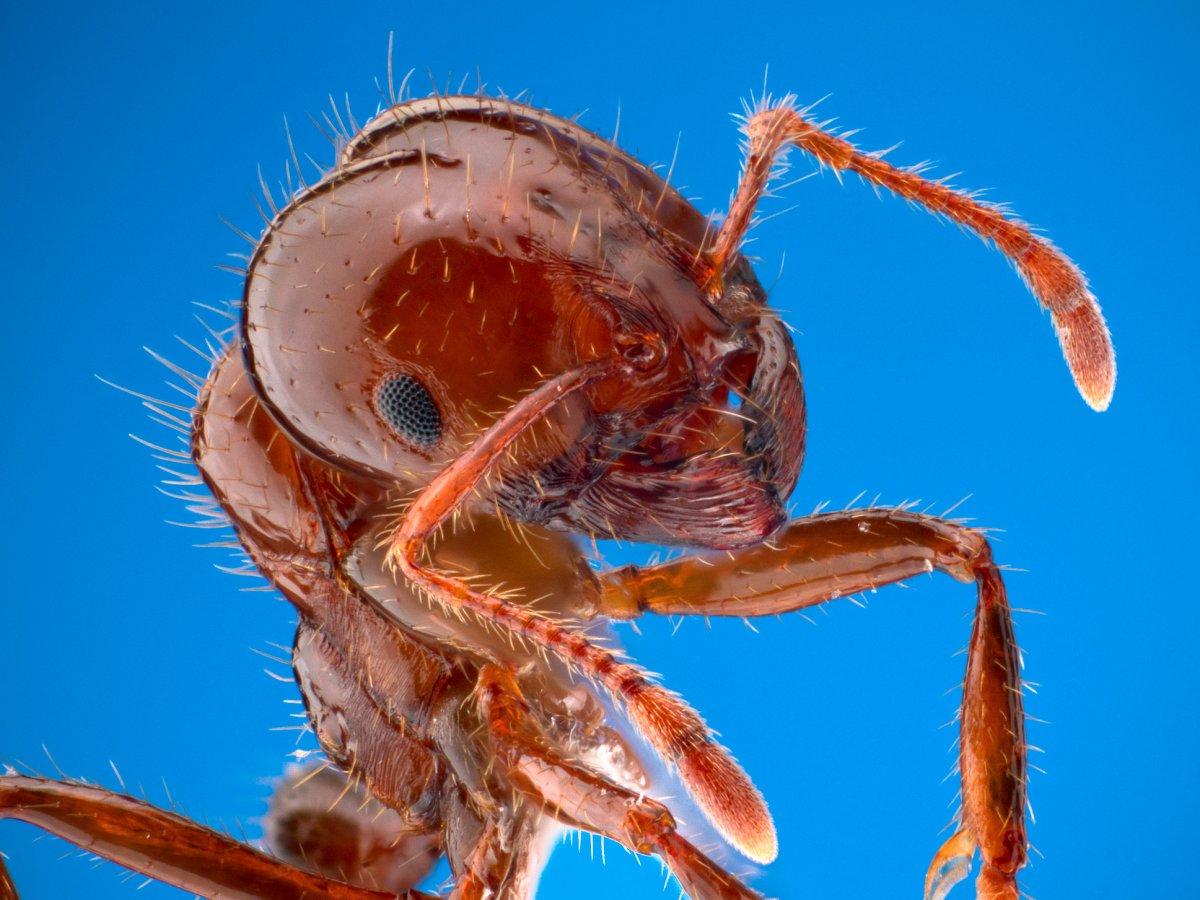
Scientific name: Solenopsis invicta
Range: Native to South America
Description: "Sharp, sudden, mildly alarming. Like walking across a shag carpet and reaching for the light switch."
Pain level: 1
Western cicada killer
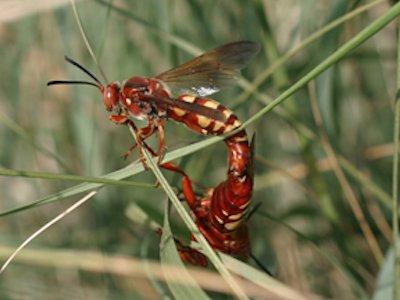
Two of them. The female, with the stinger, is below.Chuck Holliday/Wikimedia Commons
Scientific name: Sphecius grandis
Range: North America
Description: "Pain at first sight. Like poison oak, the more your rub, the worse it gets."
Pain level: 1.5
Western honey bee
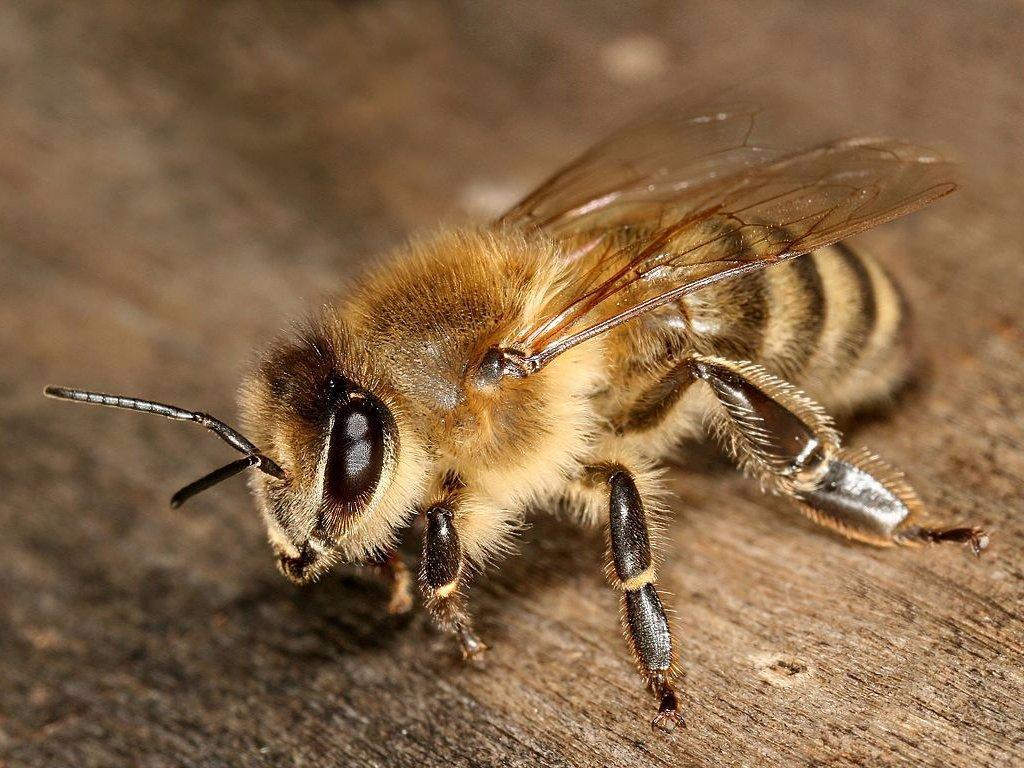
Scientific name: Apis mellifera
Range: Native to Africa and Europe
Description: "Burning, corrosive, but you can handle it. A flaming match head lands on your arm and is quenched first with lye and then sulfuric acid."
Pain level: 2 (In the special case that you get stung on the tongue, that level rises to a 3 -- "It's crawled into your soda can and stings you on the tongue. It's immediate, noisome, visceral, debilitating. For 10 minutes life is not worth living.")
Western yellowjacket
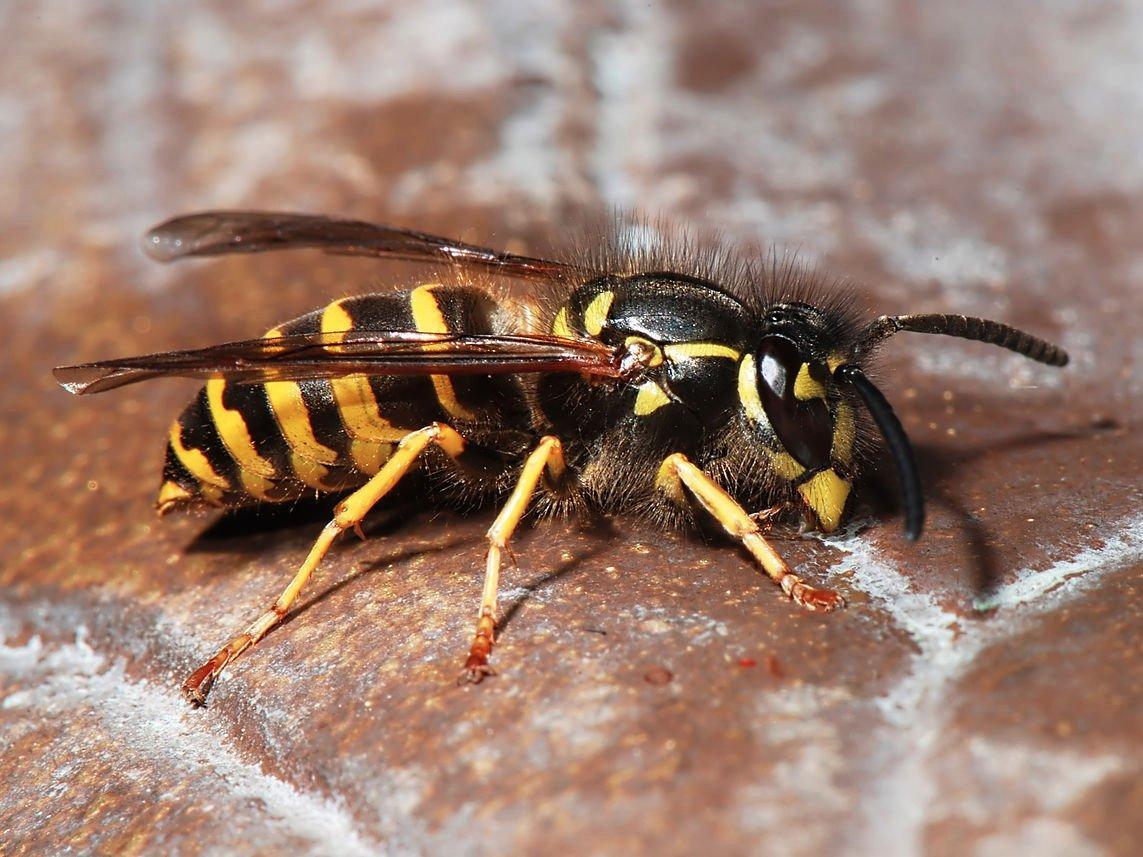
Scientific name: Vespula pensylvanica
Range: North America
Description: "Hot and smoky, almost irreverent. Imagine W.C. Fields extinguishing a cigar on your tongue."
Pain level: 2
Golden paper wasp
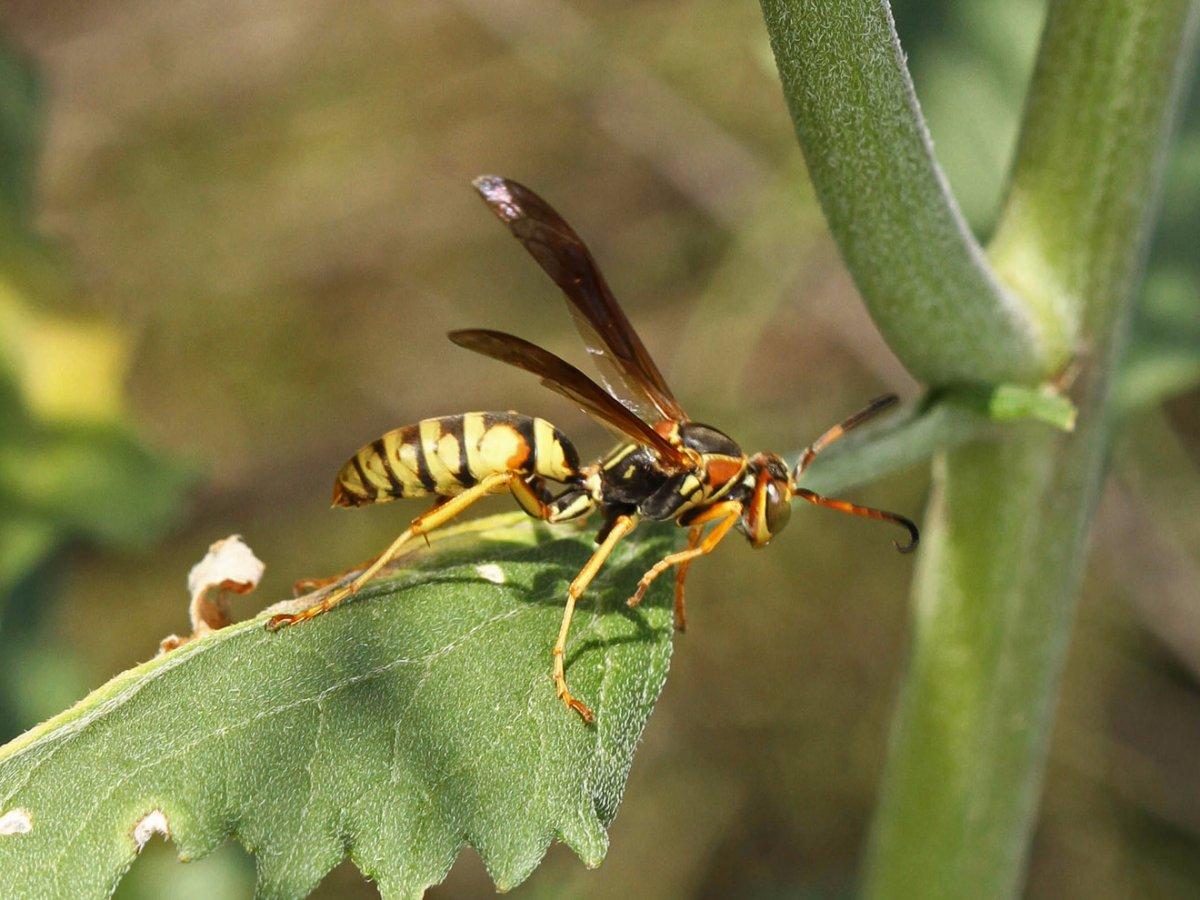
Scientific name: Polistes aurifer
Range: North America and Central America
Description: "Sharp, piercing, and immediate. You know what cattle feel when they are branded."
Pain level: 2.5
Fierce black polybia wasp
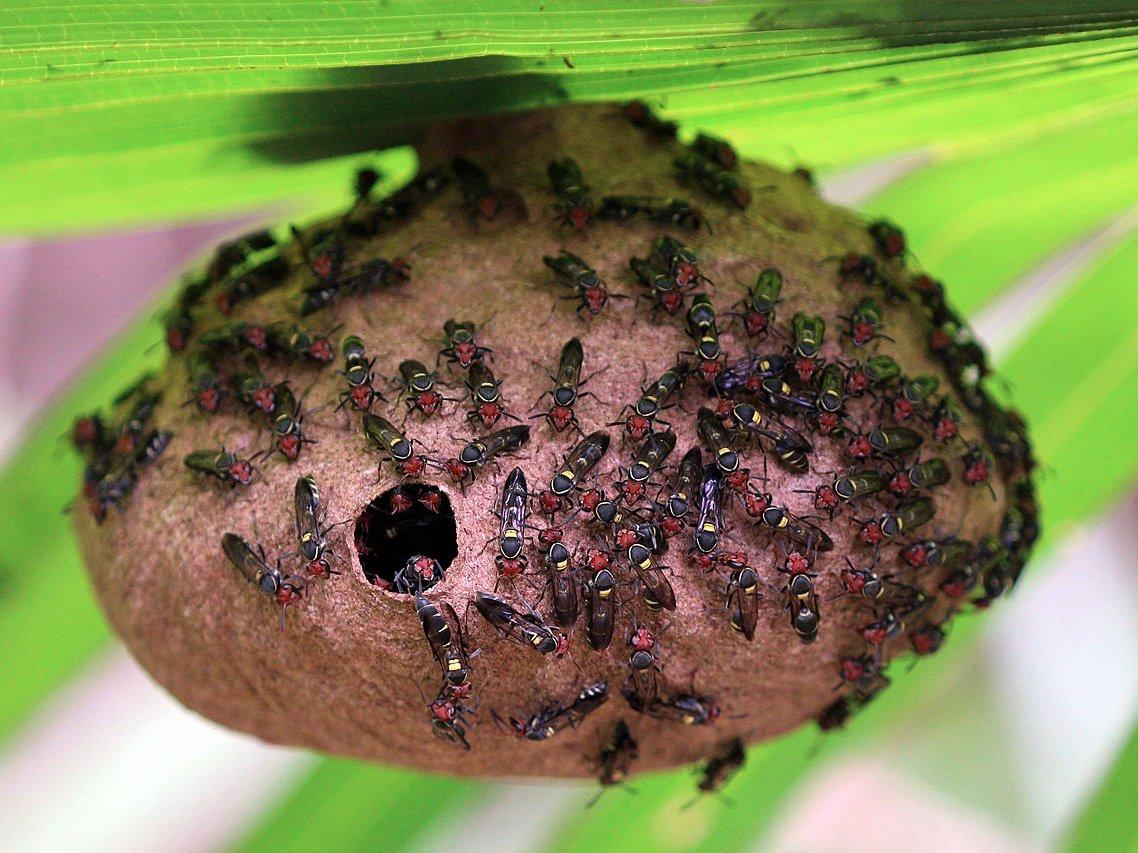
Scientific name: Polybia simillima
Range: Central America
Description: "A ritual gone wrong, satanic. The gas lamp in the old church explodes in your face when you light it."
Pain level: 2.5
Velvet ant (technically a wasp)
Female velvet ants are wingless solitary wasps that are often colorful and seen in open areas during the summer. They range in size from small, as is this 6-mm Dasymutilla asteria, to huge, nearly 25-mm "cow killers " -- the bigger they get, the worse the sting.Photo courtesy of Jillian Cowles/Johns Hopkins University Press
Scientific name: Dasymutilla klugii
Range: North America
Description: "Explosive and long lasting, you sound insane as you scream. Hot oil from the deep frying spilling over your entire hand."
Pain level: 3
Florida harvester ant
The massive-headed major workers are no more aggressive than the more common, regular workers but must come in handy for moving large objects and processing seeds.Bob Peterson/Flickr
Scientific name: Pogonomyrmex badius
Range: North America
Description: "Bold and unrelenting. Somebody is using a power drill to excavate your ingrown toenail."
Pain level: 3
Maricopa harvester ant
Scientific name: Pogonomyrmex maricopa
Range: North America
Description: "After eight unrelenting hours of drilling into that ingrown toenail, you find the drill is wedged in the toe."
Pain level: 3
Tarantula hawk
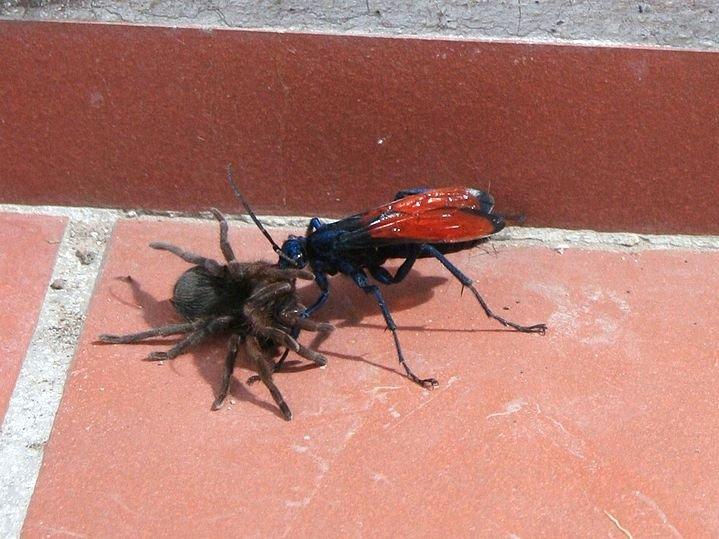
A tarantula hawk dragging an envenomed tarantula.Julio.ospinao/Wikimedia Commons
Scientific name: Pepsis spp.
Range: North America, Central America, and South America
Description: "Blinding, fierce, shockingly electric. A running hair dryer has just been dropped into your bubble bath."
Pain level: 4
Bullet ant
Scientific name: Paraponera clavata
Range: Central America and South America
Description: "Pure, intense, brilliant pain. Like walking over a flaming charcoal with a 3-inch nail embedded in your heel."
Pain level: 4
Warrior (or armadillo) wasp
Scientific name: Synoeca septentrionalis
Range: Central America and South America
Description: "Torture. You are chained in the flow of an active volcano. Why did I start this list?"
Pain level: 4
Read more:
• Scientists discovered a new 'shin-destroying' armored dinosaur — and named it after Zuul from 'Ghostbusters'
•8 surprising ways exercise affects your brain
• These 4 things could trigger the next crisis in Europe
Read the original article on Business Insider UK. © 2017. Follow Business Insider UK on Twitter.
Join our commenting forum
Join thought-provoking conversations, follow other Independent readers and see their replies
Comments